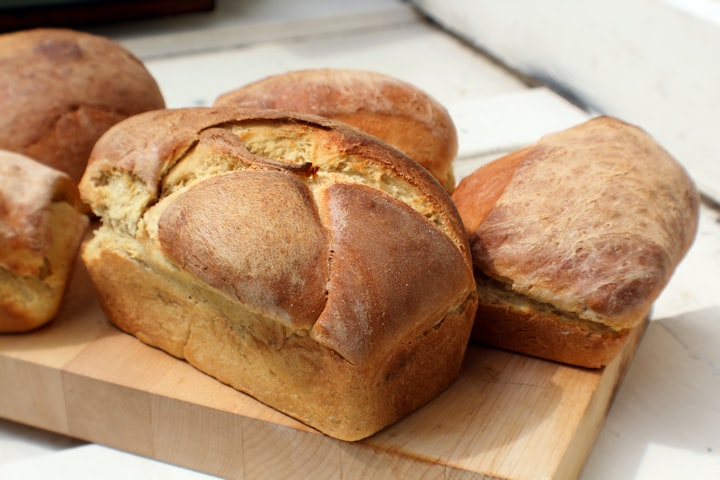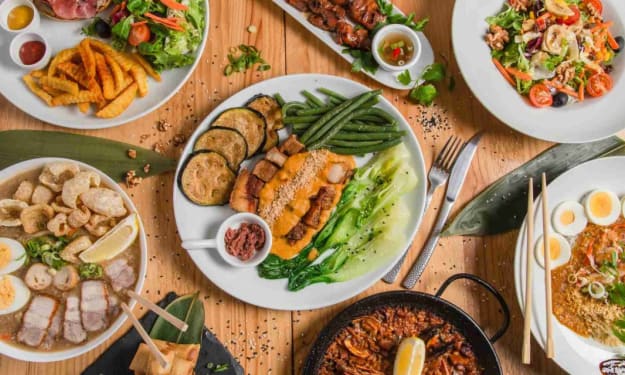How To Cook Bread In A Crockpot Without Yeast
You will never miss it

It seems that everyone has taken up bread baking more recently. As a result, yeast has become impossible to find on supermarket shelves. Fortunately, you can make bread in crockpot without yeast. Here’s a recipe that is perfect for anyone craving freshly baked bread.
The basic ingredients you will be using to make bread are universally found in any cupboard. You need flour, baking powder, salt, sugar, and buttermilk. Optionally, you can add some other ingredients for extra flavor. The recommendation is to first experiment without flavor enhancers like garlic and paprika and focus first on getting the baking itself right.
Mixing the ingredients is no rocket science. Choose the right proportion based on the quantity of bread you plan to have and the dimensions and shape of your crockpot. As a tip, always keep some extra buttermilk close by to add in the mix if it feels too dry. Don’t worry if you lack the sixth sense on what is right. You will develop it with time. As for being short on buttermilk, you can escape from that situation with an easy trick. It is quite simple to make your own soured milk. Just add one tablespoon of vinegar and the juice from a lemon to fresh milk. Stir well and wait 10 minutes and you will have the ideal buttermilk replacement.
Once you have a reasonably homogenous dough, tip it on a floured countertop and start kneading. Once you are happy with the consistency and you achieve uniformity, it is time to form the loaf. While round loafs are the most popular, it is not uncommon to make it oval.
Before the crockpot appeared, homemade bread required to be left to rise before going through thermal processing. With the advent of the slow cooker that is no longer needed. Gradual exposure to moderate heat, in contrast to what happens inside the oven, also promotes all the needed dough rise that gives loafs their trademark appearance.
Cutting a cross or some parallel lines on top of the dough will allow a way out for the air trapped inside the dough. Also known as scoring, this also allow for expansion to take place without distorting the shape. Make sure to have a sharp blade and wet it after each slice to deal with the sticky dough. Now that it is time to transfer the compound into the slow cooker, not forgetting to line it with baking paper (better have two layers to avoid any surprises). You should strive to flatten the parchment paper as much as possible as you can against the slow cooker sides and bottom.
Now it is time for heat to work its magic. Make sure to put on the lid. Some recommend using a clean towel to prevent condensation (water that evaporates from the dough) from dripping on the bread. You could easily skip this step. After 30 minutes, I time it to flip the loaf. Carefully grab it by the baking paper and avoid doing any damage to the overall shape. To know when the baking is done, it’s best to use a digital thermometer. Remember, you are targeting the dough inside to reach 200°F. That is almost certainly a sign the inside is baked and you will not have any undercooked portions.
To give it a finishing touch, you can take the bread from the slow cooker (still attached to the baking paper) and place it in a preheated oven for 5 to 10 minutes. As a result of the quick exposure to high temperature, the crust will get even harder and it will also darken. We must stress this step needs to be taken with caution. Time flies and it is easy to ruin 2-hour worth of work just by overcooking it in the oven.
While it is tempting to slice the bread while still hot, please do wait a bit to avoid the danger of burning yourself. Making bread in crockpot without yeast is simple and fun and even children can do it once they learn the basics. Fresh bread is best enjoyed with butter or jam.
About the Creator
Mary Poppins Purse
A mix of all the things that we like.






Comments
There are no comments for this story
Be the first to respond and start the conversation.